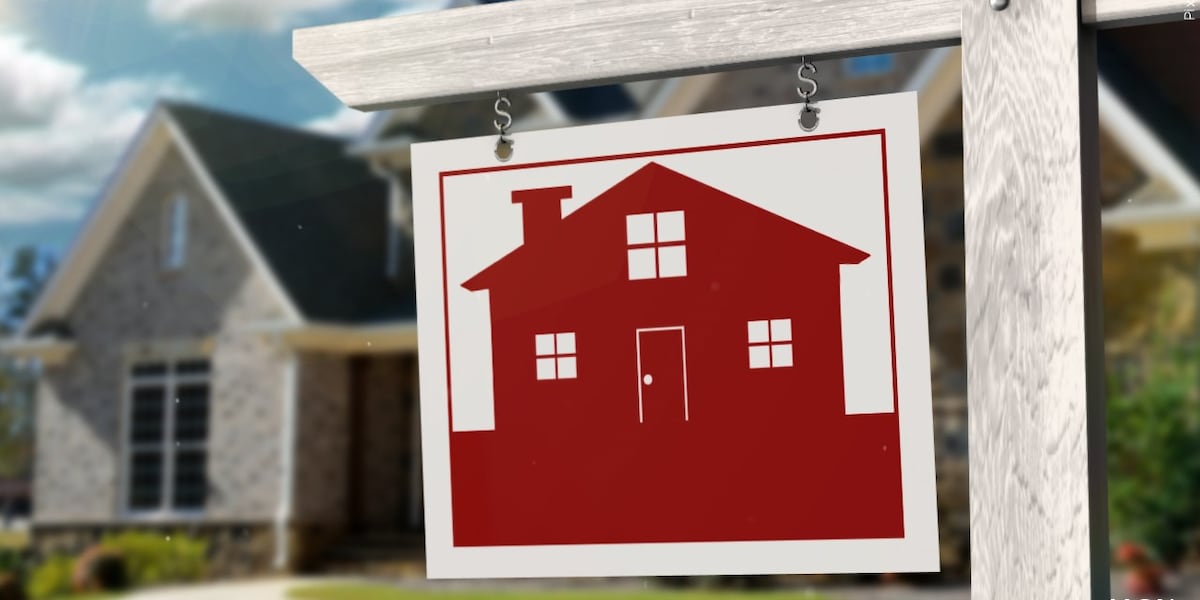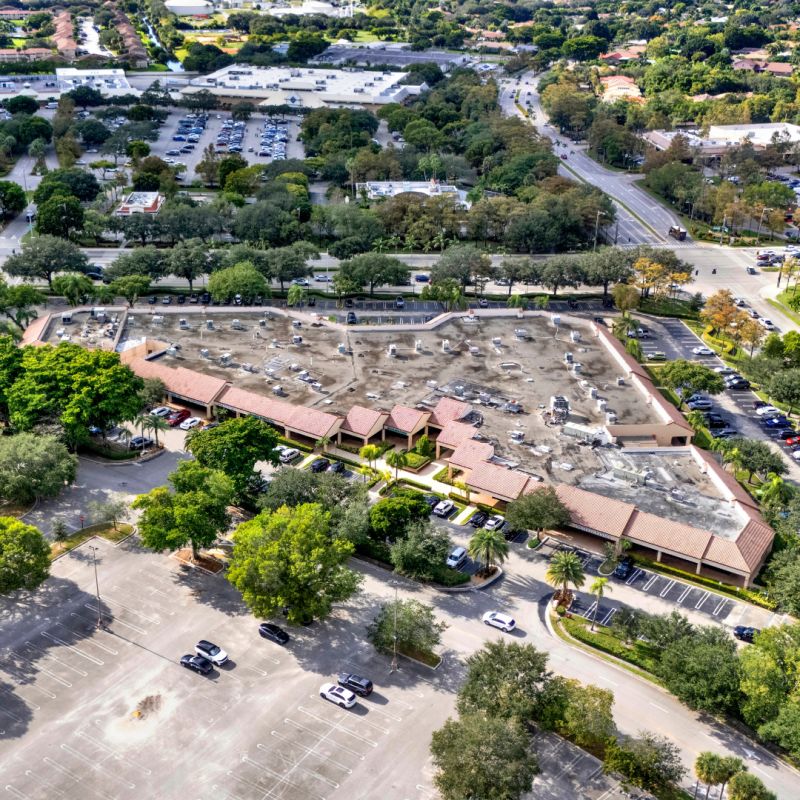T
he US housing markets most vulnerable to downturns this summer are concentrated in California, Florida, New Jersey, and Louisiana, according to ATTOM's second-quarter 2025 Housing Risk Report. The analysis ranked county-level risk based on affordability, mortgage stress, foreclosure activity, and unemployment, with 21 of the 50 riskiest counties located in the South.
California accounted for 14 of the highest-risk markets, followed by Florida with seven, New Jersey with five, and Louisiana with four. In contrast, the healthiest markets were spread evenly between the South and Northeast, each with 18 counties in the least-risky cohort.
Nationwide, owning a median-priced home consumed 33.7% of average household annualized wages in the second quarter. However, costs far outstripped local pay in some coastal and resort markets, such as Marin County, California (119.7%), Santa Cruz County (116.1%), Maui County, Hawaii (111.5%), and Kings County, New York (109%).
The riskiest individual counties combined above-average foreclosure and unemployment pressures. Charlotte County, Florida; Humboldt and Shasta Counties in California; Butte County, California; and Cumberland County, New Jersey ranked at the top of ATTOM's list, with all five posting June unemployment rates above 4.36% and foreclosure ratios worse than one in every 766 homes.
Foreclosure actions nationally affected one in every 1,413 homes during the quarter, with the highest rates in Dorchester County, South Carolina (one in 355), Charlotte County, Florida (one in 372), and Oswego County, New York (one in 427).
Louisiana struggled with negative equity, accounting for seven of the 10 counties with the highest shares of seriously underwater properties. Nationally, just 2.7% of homes were underwater.
Counties with strong fundamentals featured low unemployment, minimal foreclosure activity, and healthier balance sheets. Chittenden County, Vermont posted the lowest foreclosure ratio nationwide, while other low-risk markets included Potter County, Texas, Erie County, New York, and Madison County, Alabama, where homeownership costs consumed less than 26% of local wages.
"This summer's home prices were certainly eye-catching, but there are many factors that contribute to the health of a local housing market," said ATTOM Chief Executive Officer Rob Barber. "Our index takes into account key indicators beyond just sales price to create a barometer that helps folks better understand where their market is headed."















